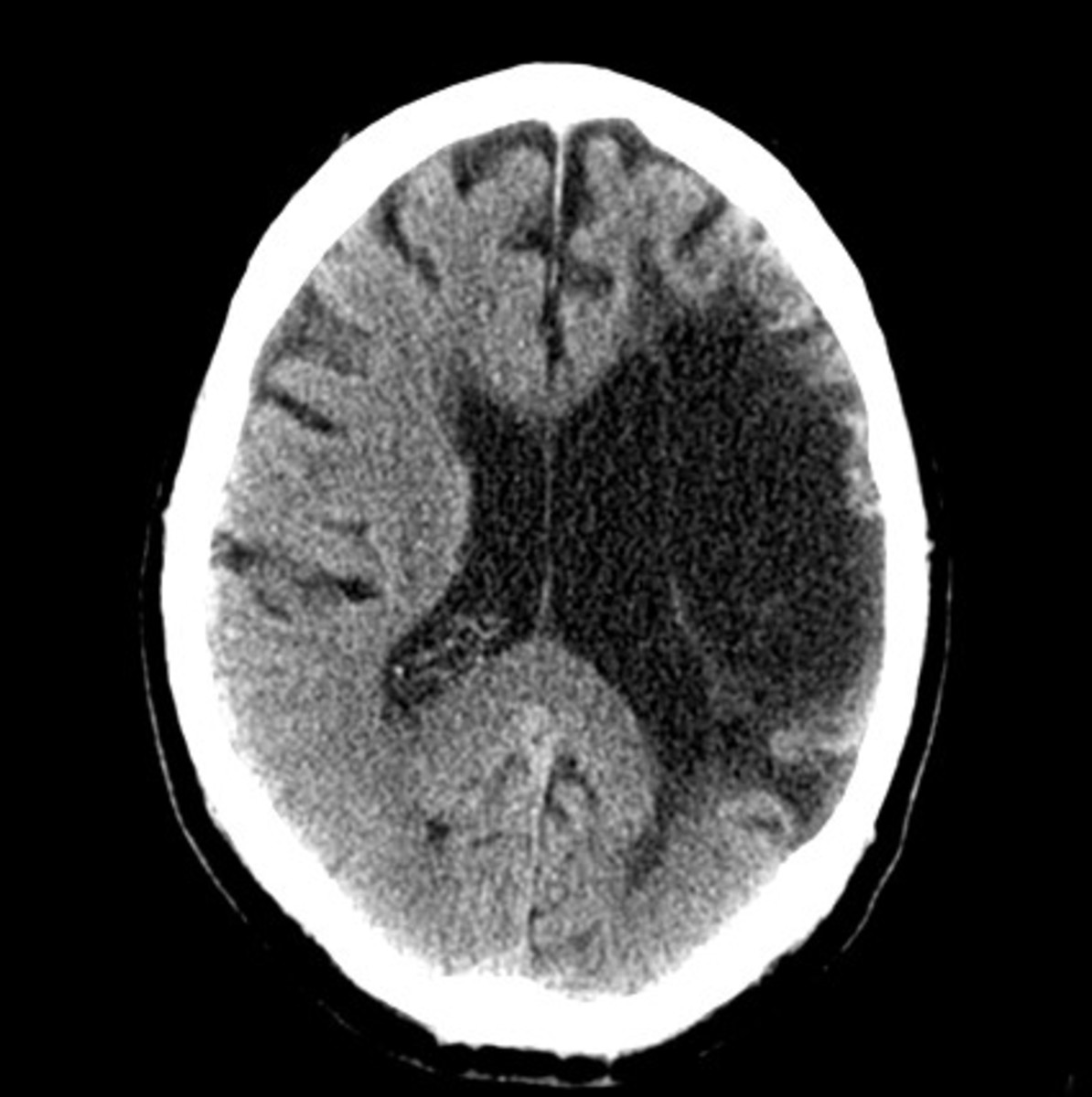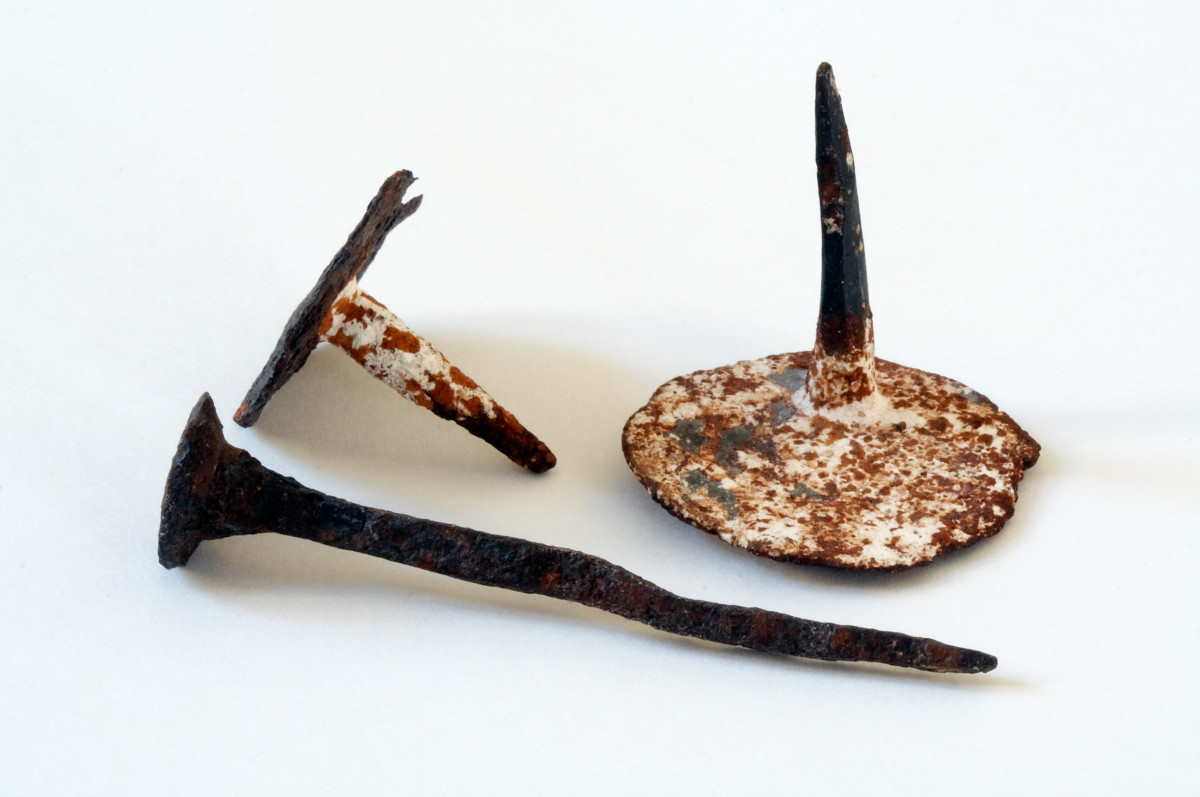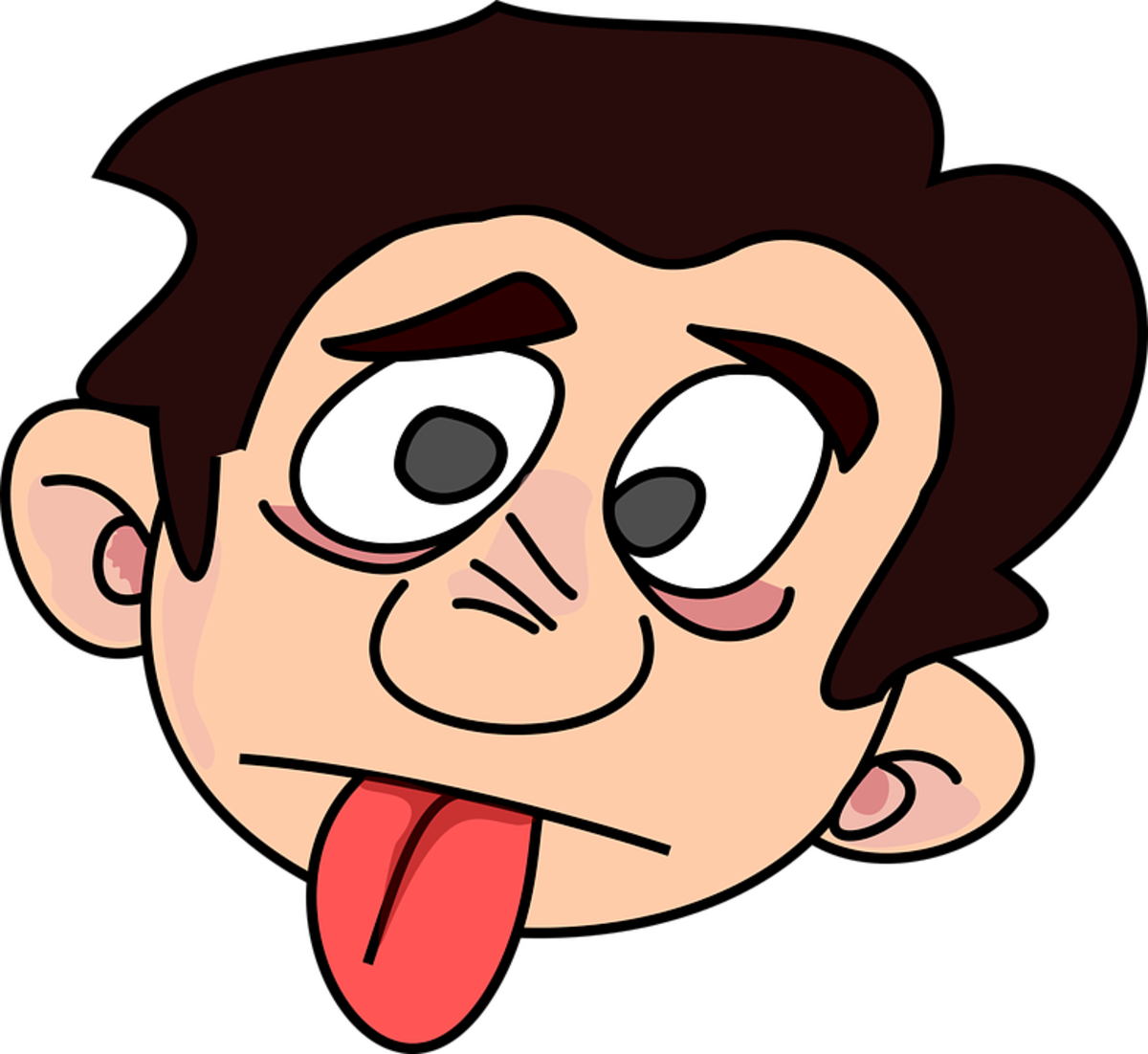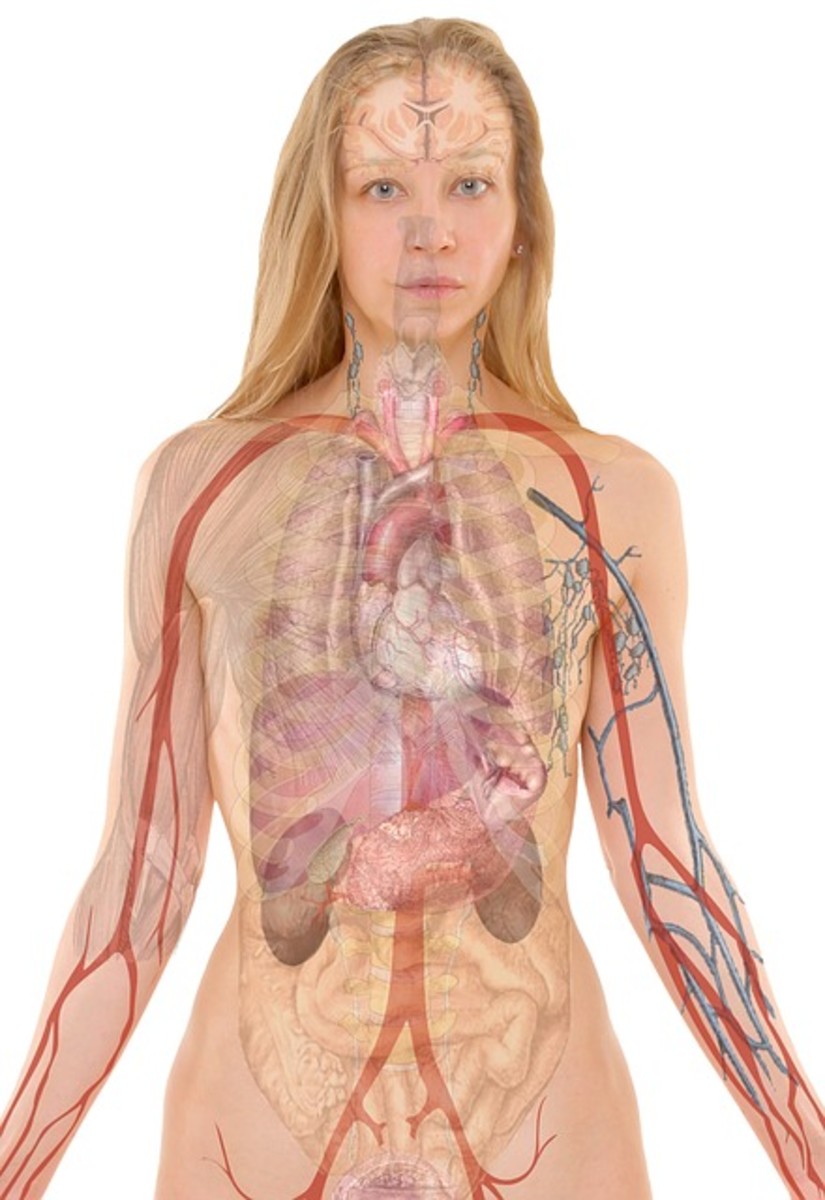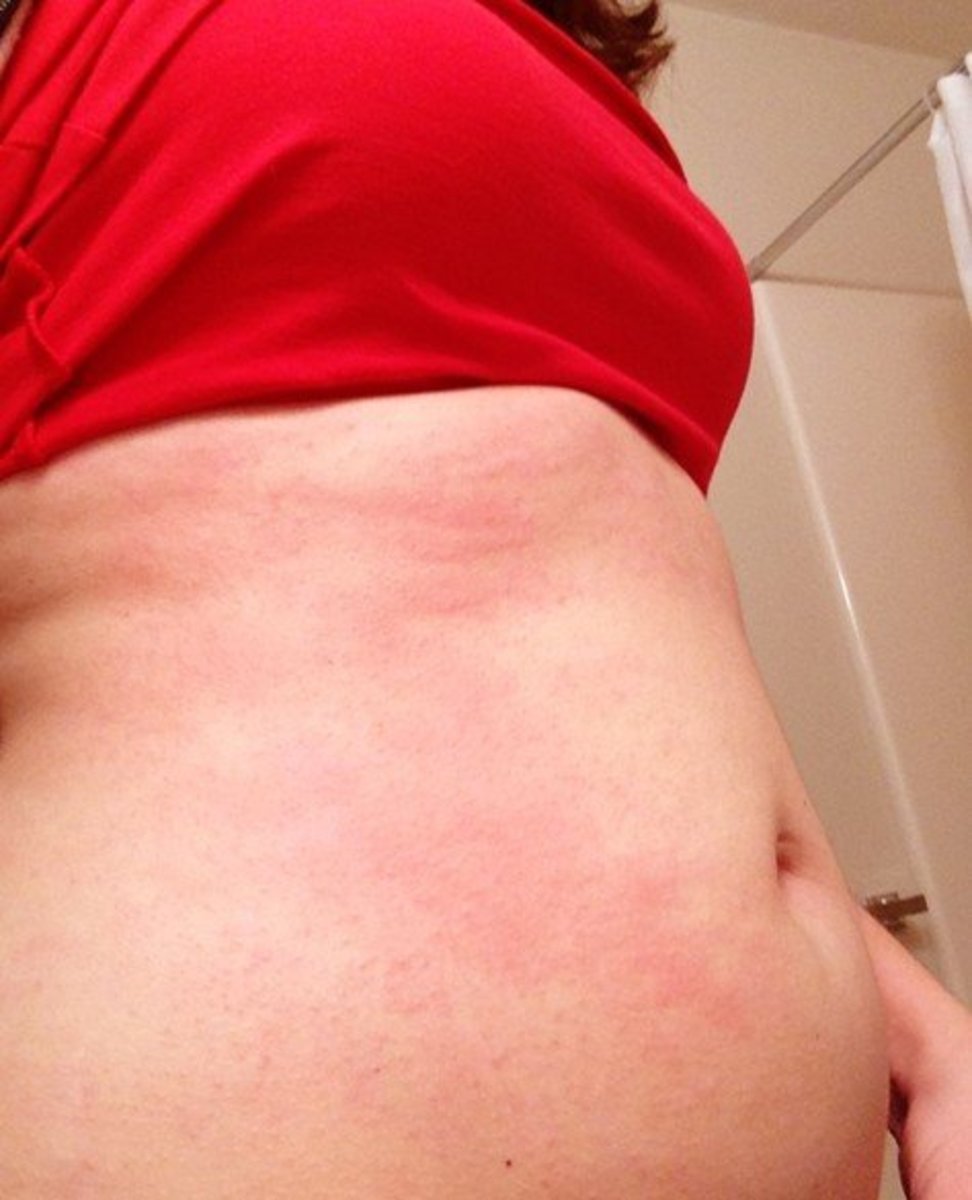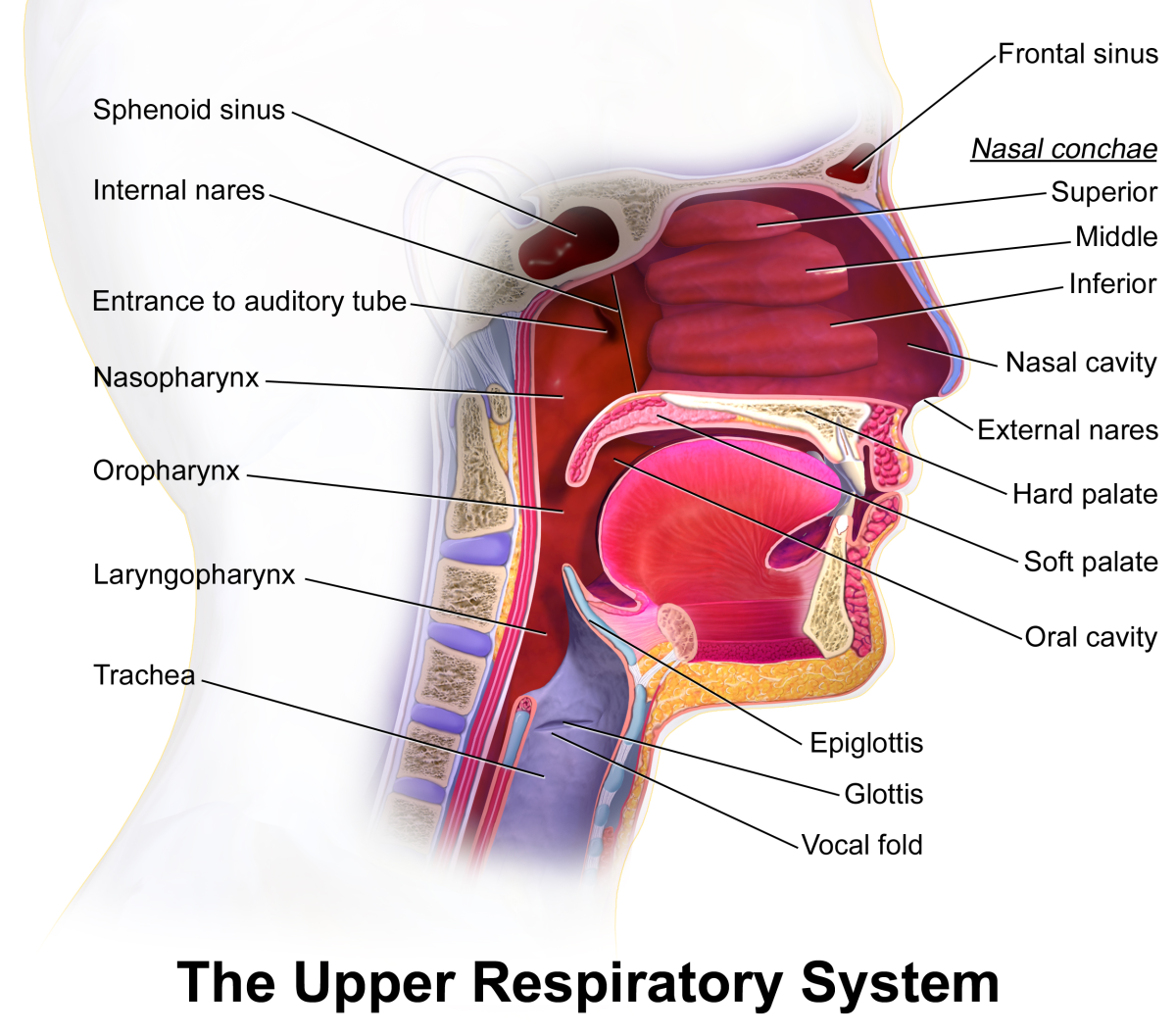Tetanus (Lockjaw): Course And Prognosis, Complications And Prognosis
Muscle Spasms In Tetanus
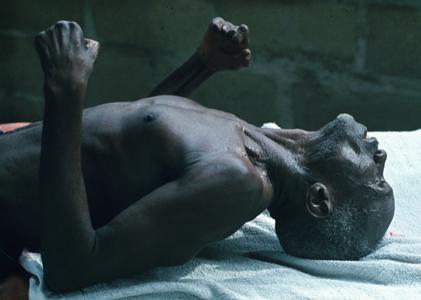
Course And Prognosis Of Tetanus
It takes about three days for the disease to manifest fully. If complications are prevented, the condition remains stable for the next 5 to 7 days. Thereafter, the spasms gradually subside in frequency and intensity to disappear in 2 weeks. Complete recovery may take 4 weeks or more, through in some cases, the rigidity may persist even longer.
Local tetanus: In this form, rigidity and other symptoms are confined to a part near the site of injury. This generally runs a mild course and ends in complete recovery.
Cephalic tetanus: This term is used when local tetanus involves the facial muscles only. It is usually unilateral but can be bilateral.
Tetanus neonatorum: This form of tetanus occurs within 10 days of birth. It is usually severe. It manifests as inability to such the nipple, irritability and excessive crying associated with grimacing movement of the face. The muscles of the back, neck and abdomen may become spastic. In many instances, the classical signs may not develop in neonates and premature infants. Tetanus neonatorum is still an important cause of infant mortality in many developing countries including India.
Prognostic Factors
- Age: Neonates and older patients fare badly
- Type of Injury: Large wounds contaminated with soil, lacerated wounds, compound fractures and septic abortions are associated with severe tetanus. Though rare, tetanus following intramuscular injections tends to be serious.
- Incubation period: Short incubation periods indicate greater severity. Apparently long incubation period does not necessarily mean that the case is mild.
- Interval between the onset of trismuc and the first spasms: The shorter this period, more severe is the disease. In mild cases, spasms may not occur at all.
- Frequency of spasms: More frequent and more prolonged spasms are poor prognostic signs
- Autonomic disturbances: Dysphagia, hypertention, hyperpyrexia and cardiac arrhythmias indicate poor prognosis.
- Treatment: Early administration of antitoxin, proper surgical toilet, institution of antibiotics, proper anticonvulsive therapy, availability of a team of physicians, surgeons, and anaesthetics and proper nursing care are the most important factors determining a successful outcome. Inadequacy of treatment is a common cause of death in many cases.
A Working Classification Of The Severity Of Tetanus
Mild
| Moderately Severe
| Severe
| |
|---|---|---|---|
Incubation
| Above 14
| 7 to 14 days
| Less than 7 days
|
Onset time
| 6 days
| 3 to 6 days
| Less than 3 days
|
Trismus
| present
| marked
| severe
|
Dysphagia
| absent
| present
| present
|
Rigidity
| absent
| mild
| severe
|
Spasms
| Brief and mild
| present, frequent
| Frequent, prolonged and generalized convulsions
|
Ventilation
| not affected
| Inadequate ventilation during spasm
| Often ventilator insufficiency
|
Mortality
| up to 5%
| 25%
| 80 to 90%
|
Treatment
| ATS, oral medications, intramuscular diazepam
| ATS, intravenous drip and medications, Ryles tube, elective tracheostomy
| Early tracheostomy, intravenous drips and medication, muscle relaxant, artificial ventilation
|
A Child Infected With Tetanus
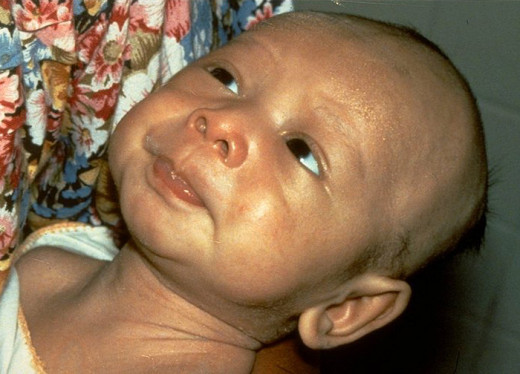
Infectious Diseases
Complications And Diagnosis Of Tetanus
Complications
Respiratory obstruction and aspiration pneumonia are the most frequent complications accounting for death in many cases. Peripheral venous thrombosis may develop and lead to pulmonary embolism. Myocarditis gives rise to cardiac failure and hypotention. Hyperpyrexia is the result of excessive muscular activity and the effect of the toxin on the hypothalamus. Decubitus ulcers, urinary tract infection result from prolonged immobility. Fractures of the spine and other bones are seen at times.
Diagnosis
The disease has to be suspected clinically. Repeated observations may be required to make the diagnosis in doubtful cases. Tetanus has to be differentiated from meningo-encephalitis, strychnine poisoning, local causes of trismus, dystonia due to phenothiazines, tetany and hysteria. Cerebrospinal fluid is normal in tetanus.
All cases should be hospitalized. An apparently simple case may rapidly deteriorate and demand specialized care. Best results are obtained if tetanus is managed in institutions where specially trained teams are available. Depending on the severity, treatment has to be planned from the beginning.
© 2014 Funom Theophilus Makama



